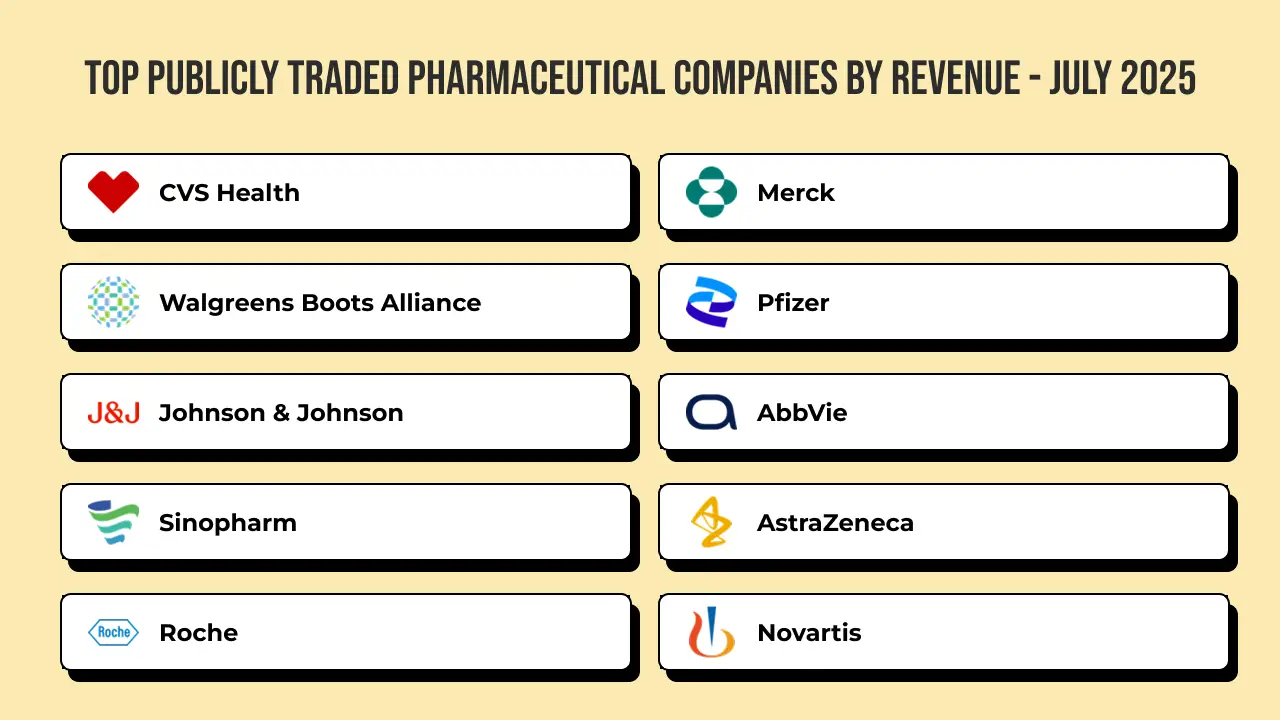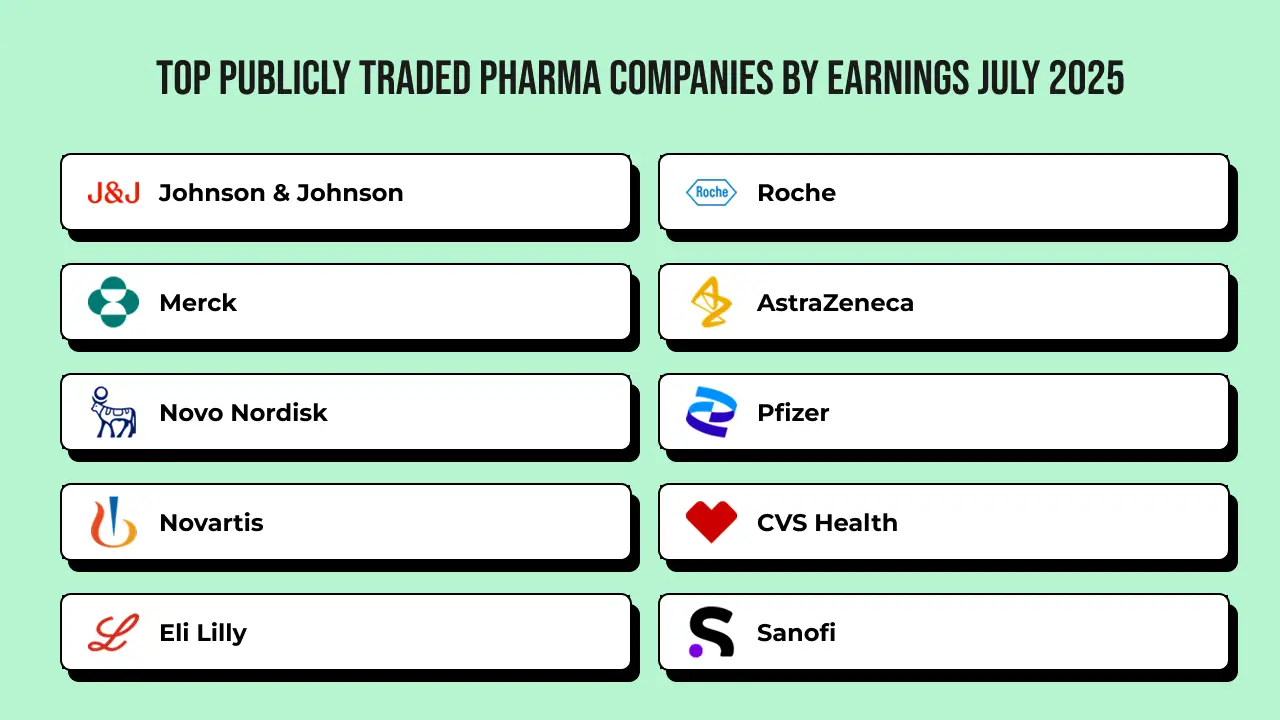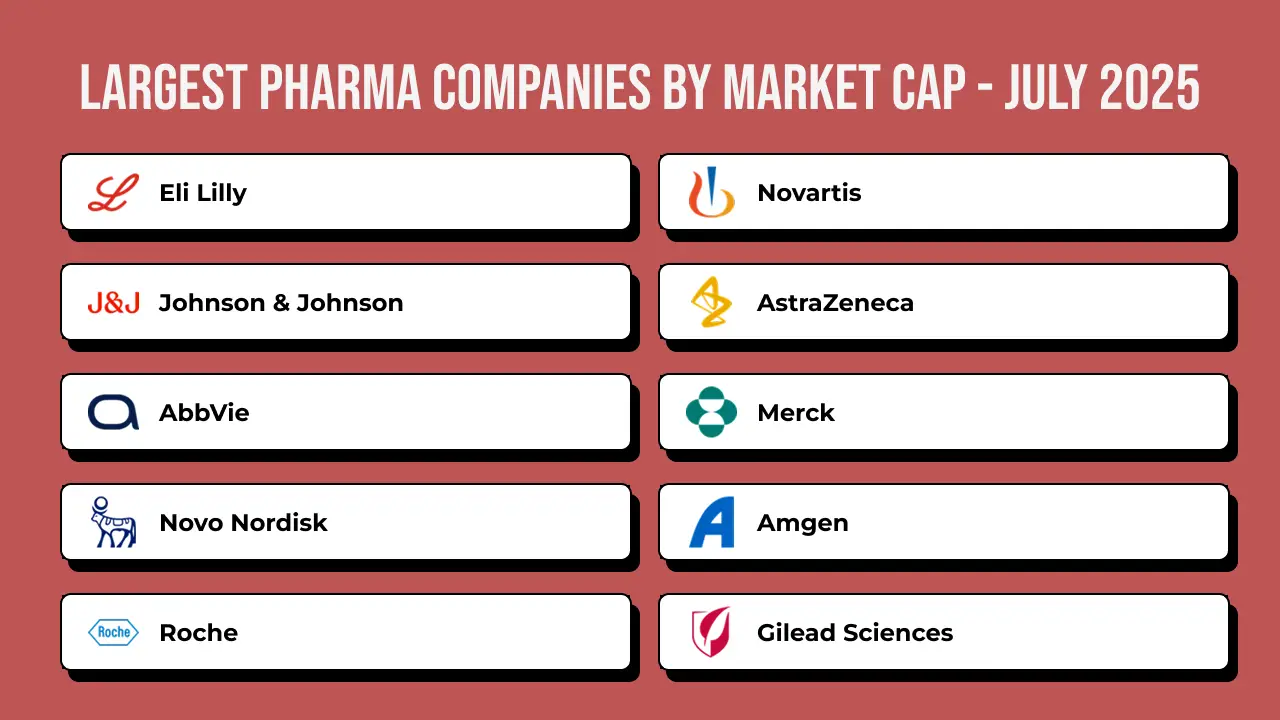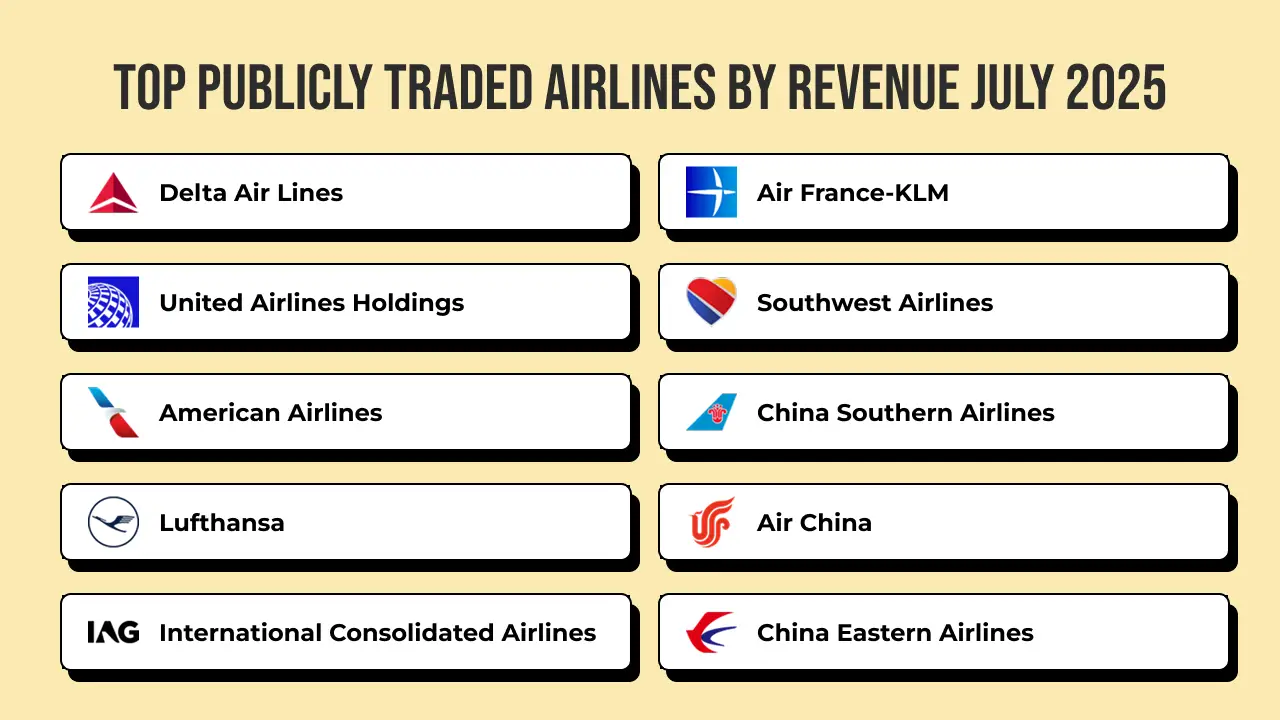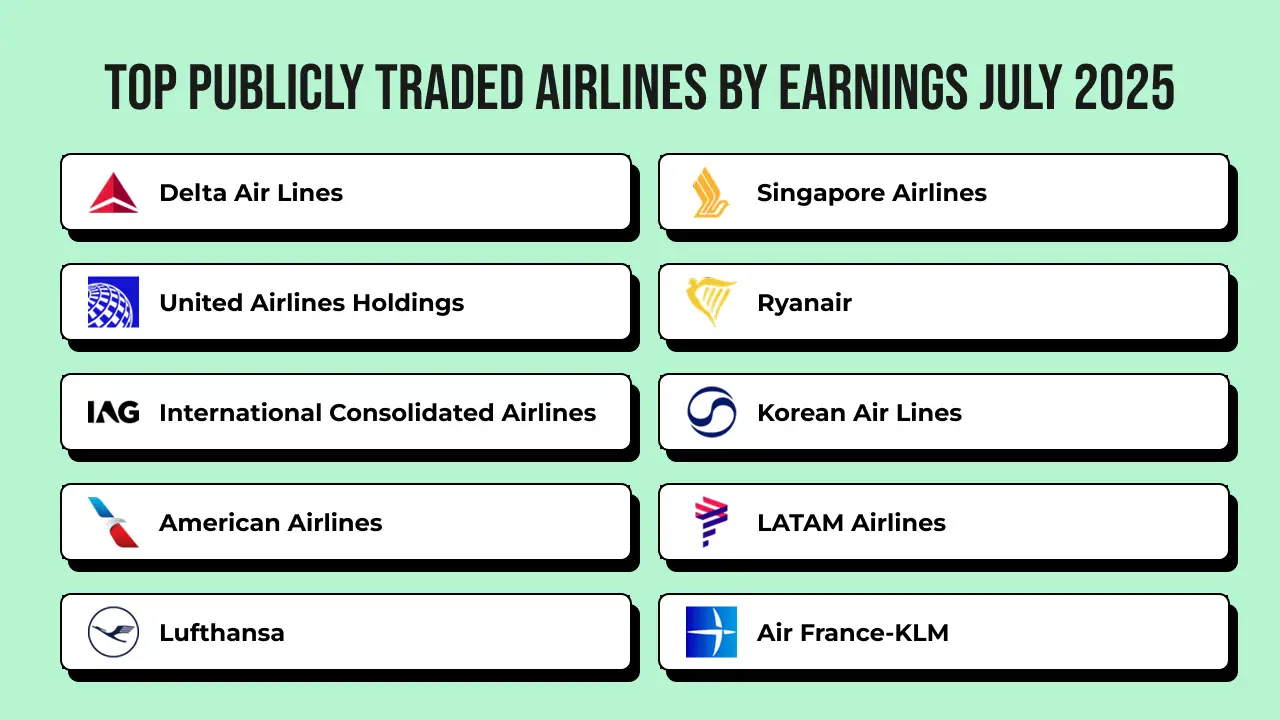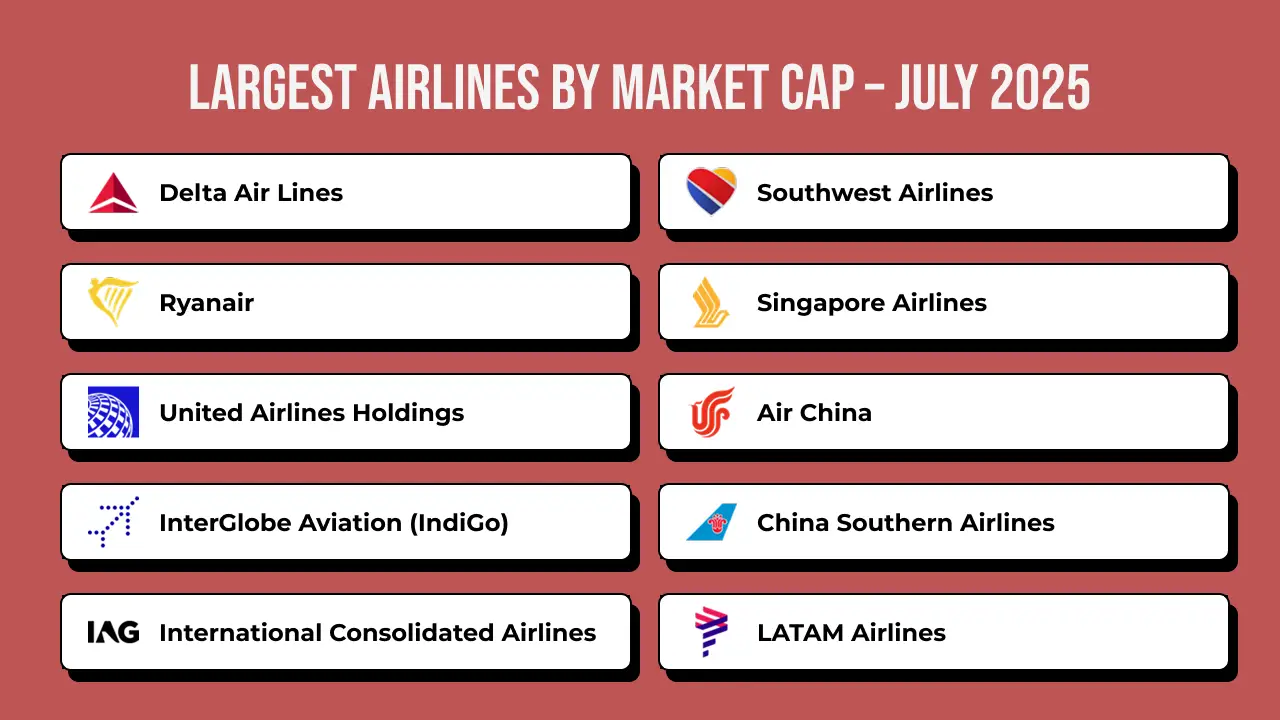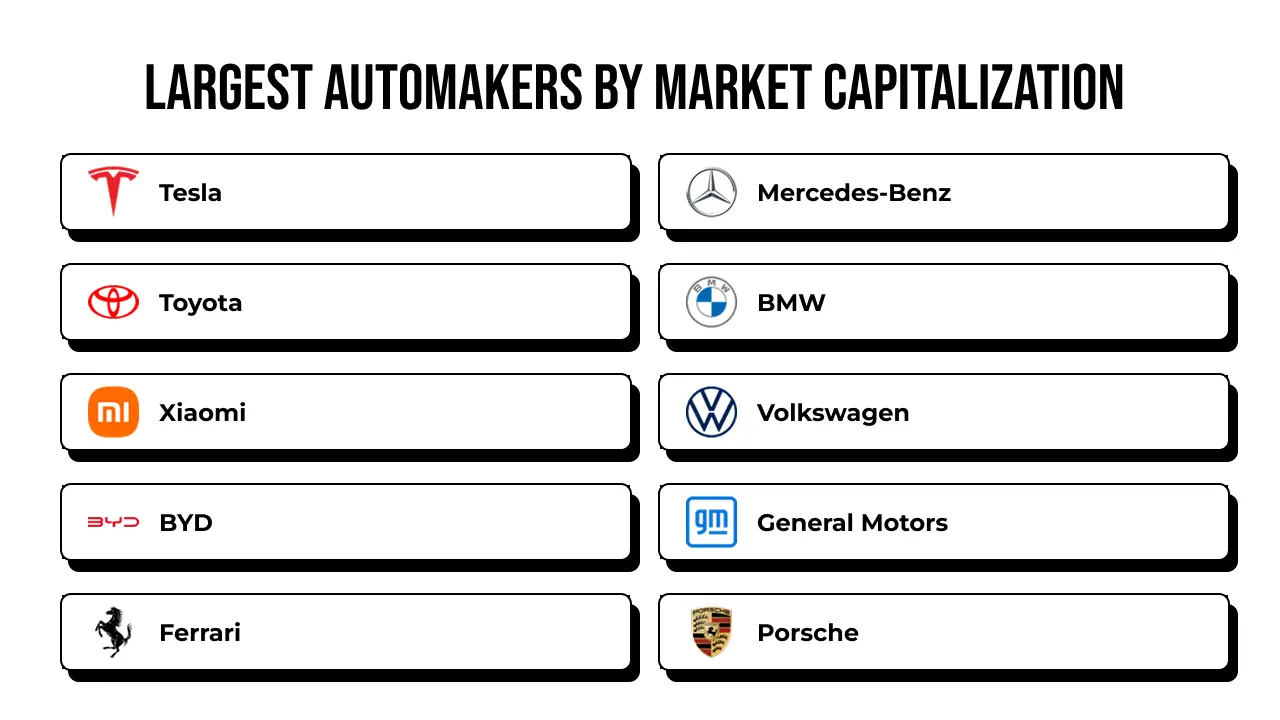The medical billing market plays a critical role in the healthcare industry, ensuring healthcare providers are reimbursed for services rendered. In 2025, the global medical billing market is valued at approximately $16.4 billion and is projected to grow at a compound annual growth rate (CAGR) of 11.9% from 2023 to 2030, driven by increasing healthcare expenditures, technological advancements, and regulatory changes. This article explores the market’s dynamics, key trends, challenges, and opportunities, addressing common questions to provide a comprehensive overview.
What Is Medical Billing?
Medical billing involves translating healthcare services into standardized codes and submitting claims to insurance companies or patients for payment. It ensures that healthcare providers, such as hospitals, clinics, and private practices, receive compensation for services like consultations, surgeries, or diagnostic tests. The process includes patient registration, insurance verification, coding, claim submission, and payment collection.
According to a 2023 study by Grand View Research, the medical billing outsourcing segment dominates the market, accounting for over 52% of revenue due to cost-efficiency and specialized expertise. Medical billing can be managed in-house or outsourced to third-party providers, with outsourcing gaining traction due to its ability to reduce administrative burdens.
Why Is the Medical Billing Market Growing?
The medical billing market is expanding due to several key factors:
- Rising Healthcare Expenditure: Global healthcare spending reached $8.5 trillion in 2023, per the World Health Organization, increasing the demand for efficient billing systems to manage higher patient volumes.
- Technological Advancements: The adoption of electronic health records (EHRs), artificial intelligence (AI), and automation streamlines billing processes. For example, AI-powered coding tools reduce errors by 30%, according to a 2024 study by the Journal of Healthcare Management.
- Regulatory Changes: Compliance with regulations like the Health Insurance Portability and Accountability Act (HIPAA) and the Affordable Care Act (ACA) necessitates advanced billing systems to ensure accuracy and security.
- Aging Population: The global population aged 65 and older is projected to reach 1.5 billion by 2050, per the United Nations, increasing healthcare service demand and, consequently, billing needs.
These drivers create a robust market, particularly in North America, which holds a 49% share due to its advanced healthcare infrastructure.
What Are the Key Trends in the Medical Billing Market?
Several trends are shaping the medical billing market, enhancing efficiency and accuracy:
1. Adoption of Artificial Intelligence and Machine Learning
AI and machine learning are revolutionizing medical billing by automating coding and claims processing. A 2024 report by McKinsey & Company found that AI-driven tools can reduce claim denials by up to 20%, saving providers $10 billion annually. These technologies analyze medical records, assign accurate codes, and predict denial risks, improving reimbursement rates.
2. Growth of Telehealth Billing
The rise of telehealth, spurred by the COVID-19 pandemic, has increased demand for specialized billing services. Telehealth claims require unique coding, such as CPT codes 99441–99443 for telephone consultations. A 2023 study by the American Medical Association noted that telehealth accounted for 23% of patient visits, driving the need for tailored billing solutions.
3. Cloud-Based Billing Solutions
Cloud-based medical billing software offers scalability, cost-efficiency, and real-time data access. The cloud segment is expected to grow at a CAGR of 12.5% through 2030, per Allied Market Research. These platforms enable seamless integration with EHRs and improve data security, aligning with HIPAA requirements.
4. Outsourcing to Specialized Vendors
Outsourcing medical billing to third-party vendors is increasingly popular, particularly among small and medium-sized practices. These vendors offer expertise in coding, compliance, and denial management, reducing operational costs by 15–20%, according to a 2024 Deloitte report.
5. Blockchain for Secure Transactions
Blockchain technology is emerging as a solution for secure and transparent billing. It ensures tamper-proof records and reduces fraud, which costs the healthcare industry $380 billion annually, per the National Health Care Anti-Fraud Association. Pilot programs, like those by Change Healthcare, demonstrate blockchain’s potential to streamline claims processing.
What Are the Challenges in the Medical Billing Market?
Despite its growth, the medical billing market faces significant challenges:
1. High Error Rates in Coding
Coding errors, such as incorrect ICD-10 or CPT codes, lead to claim denials, delaying payments. A 2023 study by the American Health Information Management Association (AHIMA) found that 9% of claims are denied due to coding inaccuracies, costing providers $15,000 per physician annually.
2. Regulatory Compliance
Navigating complex regulations like HIPAA, ICD-10, and CMS guidelines requires continuous training and investment. Non-compliance can result in fines of up to $1.5 million per violation, per the U.S. Department of Health and Human Services.
3. Rising Claim Denials
Claim denials have increased by 10% since 2020, according to a 2024 Change Healthcare report. Common reasons include missing documentation, eligibility issues, and prior authorization errors, placing financial strain on providers.
4. Staff Shortages and Training Costs
The medical billing industry faces a shortage of skilled coders and billers. The U.S. Bureau of Labor Statistics projects a 9% growth in demand for medical records professionals by 2030, outpacing the supply of certified workers. Training programs, while essential, add to operational costs.
5. Patient Payment Challenges
With high-deductible health plans on the rise, patients are responsible for a larger share of healthcare costs. A 2023 Kaiser Family Foundation study noted that 41% of insured adults struggle to pay medical bills, leading to delayed or uncollected payments for providers.
What Opportunities Exist in the Medical Billing Market?
The challenges also present opportunities for innovation and growth:
1. Expansion in Emerging Markets
Developing regions like Asia-Pacific and Latin America offer significant growth potential due to increasing healthcare investments. The Asia-Pacific medical billing market is expected to grow at a CAGR of 13.2% through 2030, per Research and Markets.
2. Integration with Value-Based Care
Value-based care models, which prioritize patient outcomes over service volume, require advanced billing systems to track performance metrics. Providers adopting these models can leverage billing software to align with reimbursement structures, creating a $1 trillion market opportunity, per McKinsey.
3. Patient-Centric Billing Solutions
Transparent billing practices, such as clear cost estimates and flexible payment plans, improve patient satisfaction and payment rates. Companies like Patientco offer platforms that enhance patient engagement, reducing bad debt by 25%, according to a 2024 case study.
4. AI-Driven Analytics
AI analytics can predict payment delays, optimize revenue cycles, and identify denial patterns. For example, Cerner’s AI tools have reduced denial rates by 15% for partnered providers, per a 2023 case study.
5. Partnerships with Tech Companies
Collaborations between healthcare providers and tech firms, such as Epic Systems or Athenahealth, drive innovation in billing software. These partnerships integrate billing with EHRs, improving workflow efficiency and reducing administrative costs.
How Can Providers Optimize Medical Billing?
To navigate the evolving market, healthcare providers can adopt the following strategies:
- Invest in Training: Regular training on coding updates and compliance reduces errors. AHIMA offers certification programs like the Certified Coding Specialist (CCS) to enhance staff expertise.
- Leverage Technology: Implementing AI and cloud-based solutions improves accuracy and scalability. For example, NextGen Healthcare’s billing platform integrates with EHRs, reducing claim processing time by 40%.
- Outsource Strategically: Partnering with reputable billing vendors, like R1 RCM, can lower costs and improve revenue cycle management.
- Enhance Patient Communication: Transparent billing practices and user-friendly payment portals, like those offered by Simplee, increase patient payment rates.
- Monitor KPIs: Tracking key performance indicators (KPIs) like denial rates, days in accounts receivable, and collection rates ensures financial health.
What Is the Future of the Medical Billing Market?
The medical billing market is poised for continued growth, driven by technological innovation and healthcare demand. By 2030, the market is expected to reach $30 billion, per Grand View Research. Emerging technologies like blockchain and AI will further streamline processes, while regulatory shifts will demand greater compliance. Providers that embrace automation, outsourcing, and patient-centric solutions will thrive in this dynamic landscape.


